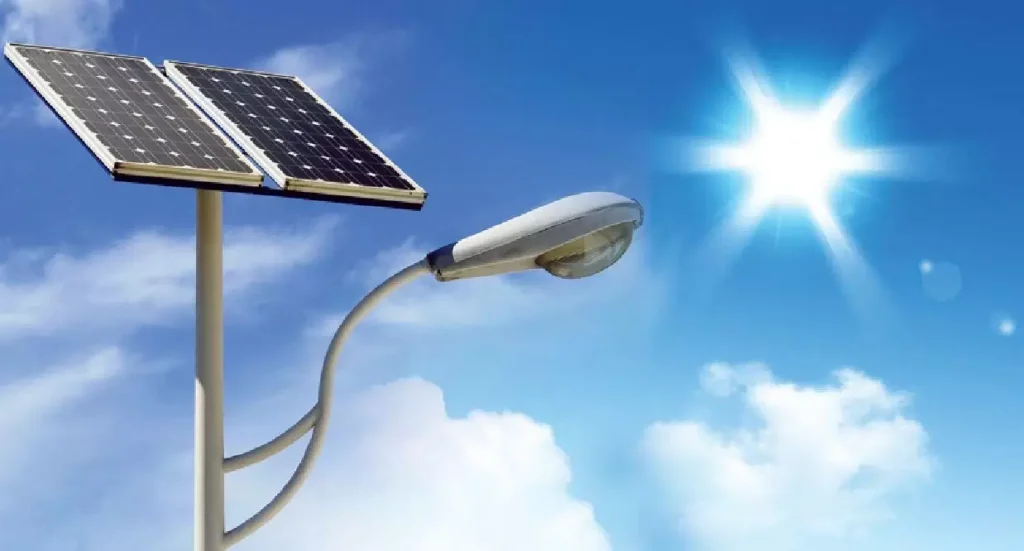
Solar street lights are fast becoming a preferred choice for many communities, neighborhoods, and municipalities due to their renewable energy source, low maintenance cost, and environmental friendliness. The switch to solar energy not only illuminates our streets but also helps reduce our carbon footprint. To get the most out of your solar street lights, it’s crucial to install them correctly.
Before we delve into the installation process, it’s critical to understand the underlying mechanism of solar street lights. The fundamental principle is simple: during the day, solar panels on the light fixture gather sunlight and convert it into electrical energy. This energy is stored in a rechargeable battery. As night falls, the light fixture’s built-in sensors trigger the light to switch on, powered by the battery’s stored energy.
Table of Contents
Site Selection and Panel Orientation

Source: srnesolar.com
One of the most important aspects of installing a solar street light is selecting the right site. Ensure your selected site has ample exposure to direct sunlight throughout the day, with minimal shading from trees, buildings, or other structures. A south-facing orientation (north-facing in the southern hemisphere) is ideal for maximizing sunlight exposure. The angle at which the solar panels are installed can significantly affect their efficiency. Generally, the tilt angle should approximately equal the latitude of the location.
Height and Spacing of the Lights
The height at which the solar street lights are mounted can influence the radius of the light coverage. Installing the lights too high might lead to insufficient illumination at ground level while installing them too low might not provide ample coverage. As a rule of thumb, the height should be about twice the width of the area you want to illuminate. The spacing between the lights is also crucial. For optimal illumination, street lights are generally placed at a distance equal to 2-3 times their installation height.
Battery Position and Protection
The battery, being an integral part of the solar street light, needs special attention. It should be installed in a way that makes it easy to replace or maintain. Moreover, it should be adequately protected from water and other extreme weather conditions. It’s also advised to place the battery underground or in a protective box to maintain a stable temperature and prevent theft.
Regular Maintenance

Source: luxmanlight.com
Even though solar street lights require relatively low maintenance, periodic checks, and cleaning are necessary to keep the lights functioning optimally. Over time, dust and debris might accumulate on the solar panels, limiting their efficiency. Cleaning the solar panels regularly ensures they effectively convert sunlight into electricity. Furthermore, check the fixtures for any signs of corrosion and make sure the battery is in good condition.
Summary
Installing solar street lights involves more than simply planting them in the ground. The site selection, panel orientation, height, and spacing of the lights, along with battery positioning and regular maintenance, all play a crucial role in maximizing their efficiency and lifespan. You can ensure your solar street lights provide reliable, sustainable illumination for years to come. Embracing solar energy, starting with our street lights, is a step forward in promoting renewable energy sources and a cleaner, greener future.







